At some point in your cat’s life you will have to give them some form of medicine. This may be prescription medicine or flea and worm treatments. All are fairly straightforward when it comes to at home administration.
If your vet has prescribed the medicine then it is likely that they will have given you directions on how to administer it. It is always best to follow the advice your vet gives you, but below we will give generalised instructions for each medication type.
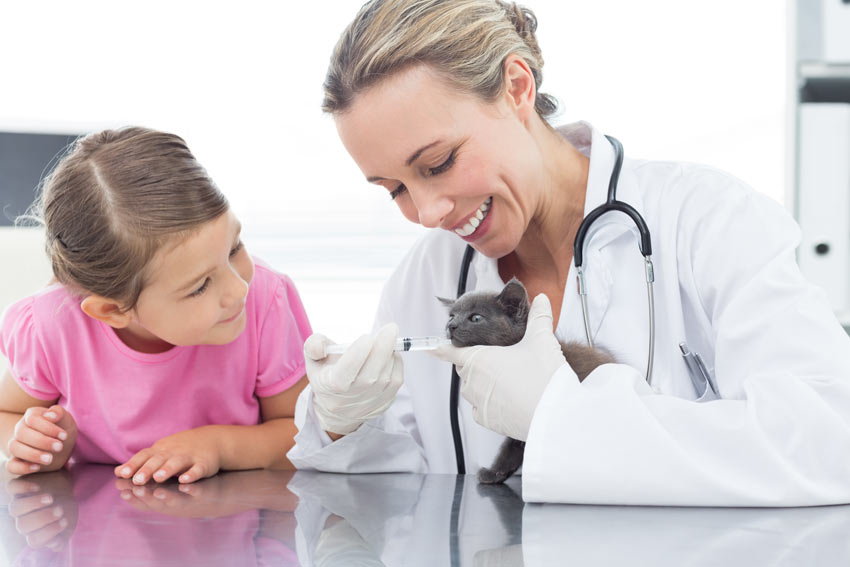
A young kitten being given liquid medication orally at the vets
Giving Your Cat Pills And Liquid Medication
Its easy to follow a few simple steps when giving your cat pills or liquid medication.
Get the medicine ready - whether it's a pill or a syringe you should have it prepped before you get hold of your cat. This prevents messing around with packets of syringes when you are holding your cat.
Wrap your cat up in a towel or blanket leaving only their head exposed - the chances are your cat won’t enjoy being given the medicine and will try to get away. Restraining them really is the kindest thing to do as it allows you to be as quick as possible when giving the medicine. If your cat is particularly wriggly then you may wish to enlist the help of a friend or family member so that one of you can restrain whilst the other gives the medicine.
Open your cat’s mouth - use your thumb and middle or ring finger to gently open your cat’s jaws whilst the crown of your cat’s head is in your palm. Be careful not to put your fingers into your cat’s mouth to avoid being bitten.
Put the medication into your cat’s mouth - with pills you should aim to get the pill onto the back of your cat’s tongue (using a pill pusher helps a lot so ask your vet if you they don’t give you one) and with liquid medication you should try to dispense the medicine at the back of the cat’s cheek.
Close the cat’s mouth, lift their chin and gently stroke its throat - this will encourage your cat to swallow and reduce the possibility of your cat spitting out the medicine. End by praising your cat and showing affection so they don’t see the whole process as negative.
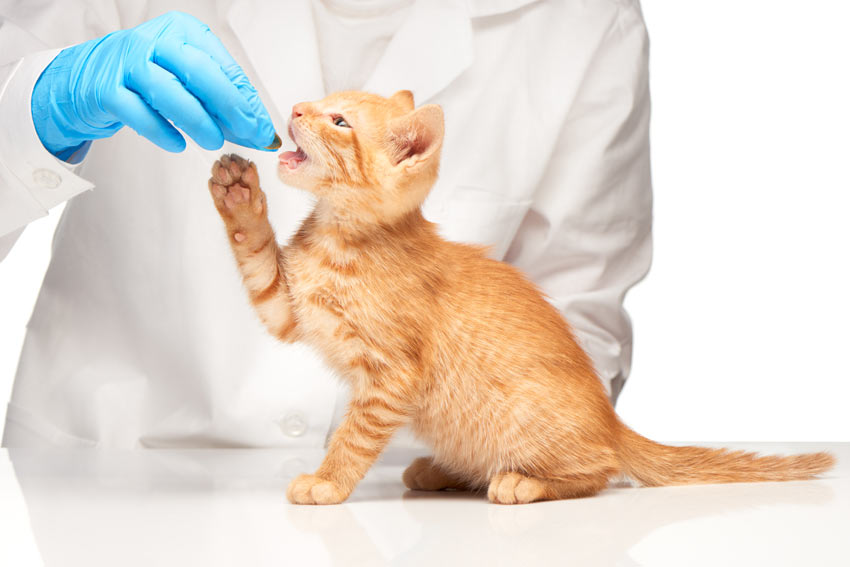
A young ginger kitten being given a pill at the vets
Giving Your Cat Eye Drops
Eye drops are very straightforward to administer but do require some care to ensure that no further damage to the eye takes place by accident.
Clean your cat’s eyes - if you are giving your cat eye drops then there is a good chance your cat’s eyes will be gungey or crusty. Before giving eye drops you should take the time to clean off any muck with a damp cotton wool ball.
Get the medicine ready - take off any dropper caps and unscrew any lids. You don't want to have to fiddle around with this whilst you are trying to hold your cat steady.
Wrap your cat up in a towel or blanket leaving only their head exposed - this keeps them restrained and allows you the best control of them whilst you are administering the drops.
Gently lift the cat’s eyelids and apply the drops to the eye - be careful not to hold the bottle too close to the eye because a sudden head jerk could result in a scratched eyeball.
Allow your cat to blink - then re-administer as many times as prescribed but make sure you finish with a tasty treat for your cat. This will help make the experience less negative.
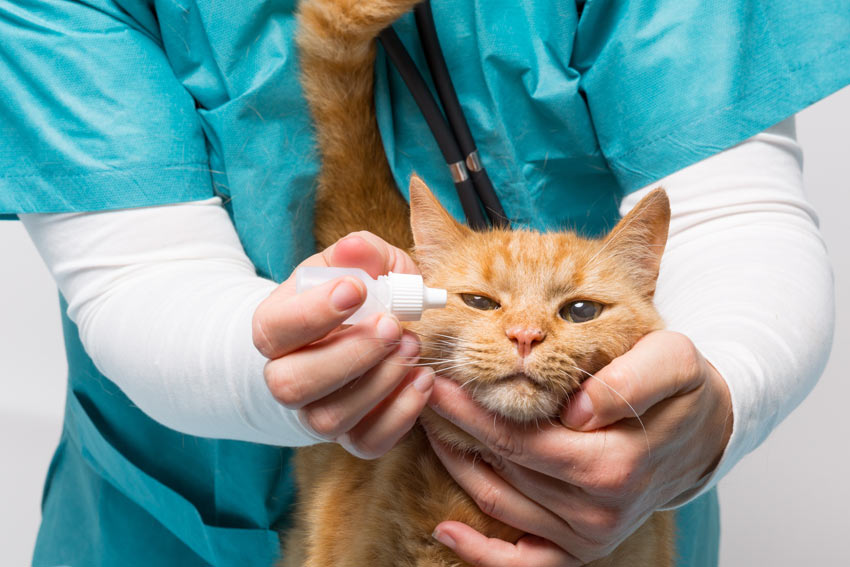
A adult ginger cat being given eye drops at the vets
Giving Your Cat Ear Drops
Ear drops may be prescribed if your cat gets a bacterial or yeast infection in one or both ears. They may also be prescribed if your cat has an infestation of ear mites - a lesser known parasite that lives inside the ear causing an irritating itch.
Get the medicine ready - unscrew the cap of the dropper bottle and place the bottle somewhere handy. You don’t want to have to worry about undoing the cap when you are trying to hold your cat steady.
Wrap your cat up in a towel or blanket leaving only their head exposed - most cats won’t put up much of a fuss with ear drops but it's always best to have your cat completely secure to avoid injuries to either of you.
Tilt your cat’s head to one side and fold back the ear flap - with your other hand you can apply the required number of drops from the bottle.
Massage the side of your cat’s head around the ear - this helps the medication move down the ear canal. You can now switch to the other ear.
Give your cat a treat - this helps make the whole process less negative and should make it easier to apply ear drops next time.
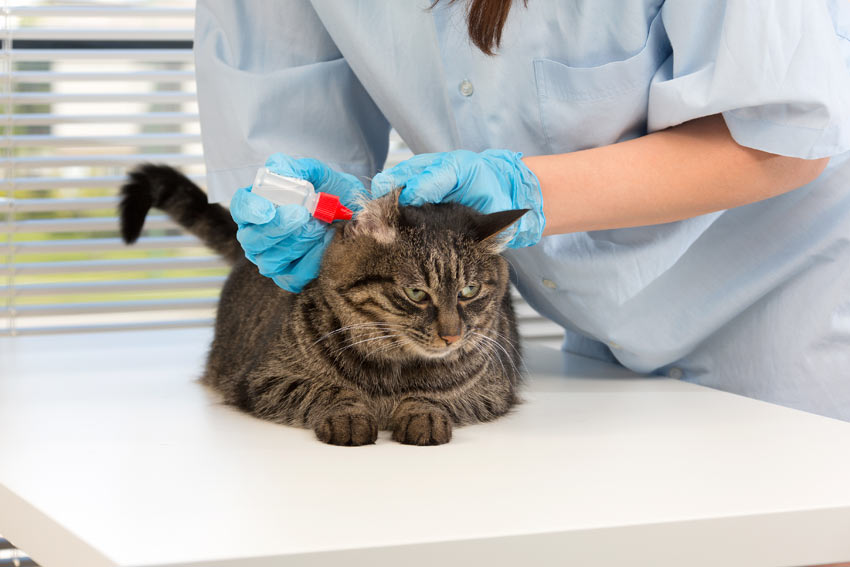
A moggy cat being given ear drops at the vets
Giving Your Cat Spot On Medication
It is highly likely that you will find yourself applying this type of treatment to your cat at some point in their life because it is the most effective way to treat fleas, ticks, and ear mites.
Prepare the medicine - spot on treatment usually come in pipette form and you may need to break the tip off before you get hold of your cat.
Hold your cat gently - spot on is so easy to apply you just need your cat relaxed rather than restrained.
Apply the medicine - part the fur between your cat’s shoulder blades so that you can see their skin and apply the pipette directly to the skin. We place the spot on here so that the cat can’t lick it off but don’t worry if they do get some with their tongue as it isn’t harmful to them.
Give them a treat - this helps keep them content and happy. You don’t want your cat to associate the medicine with a stressful, unhappy experience.
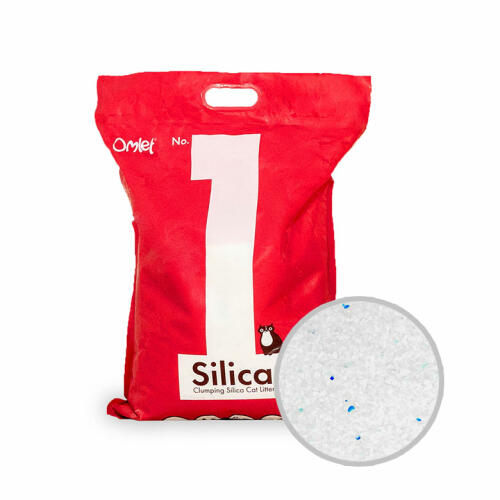
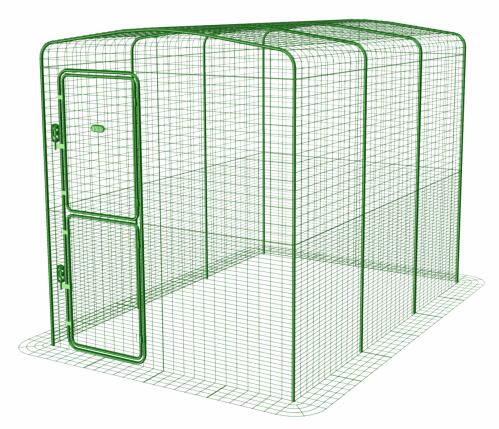
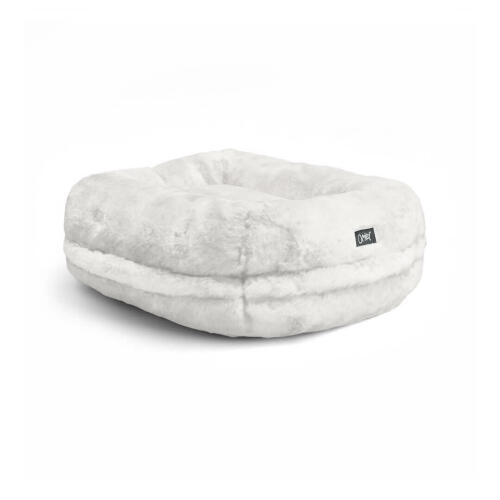



Comments
There are no comments just yet